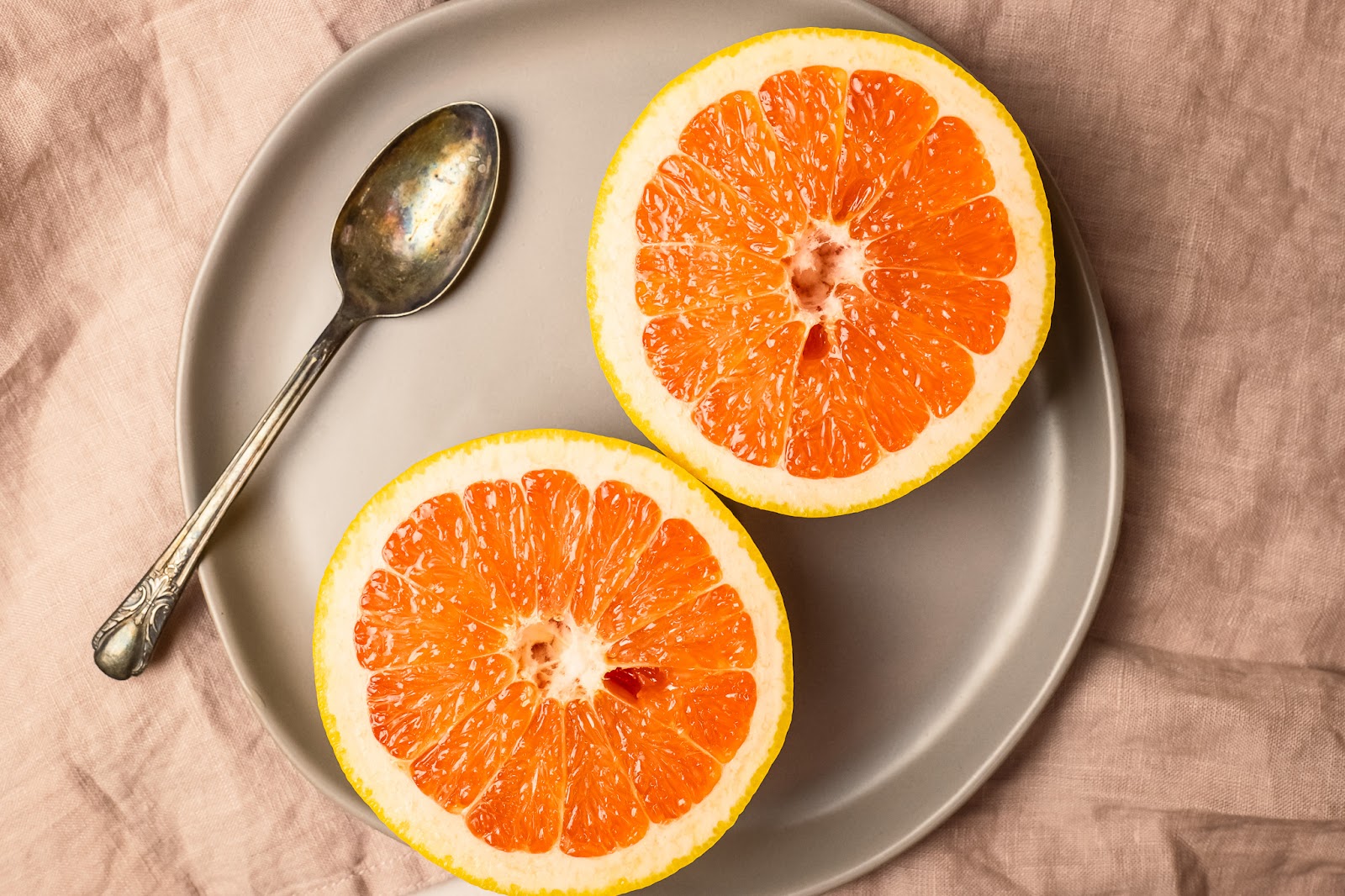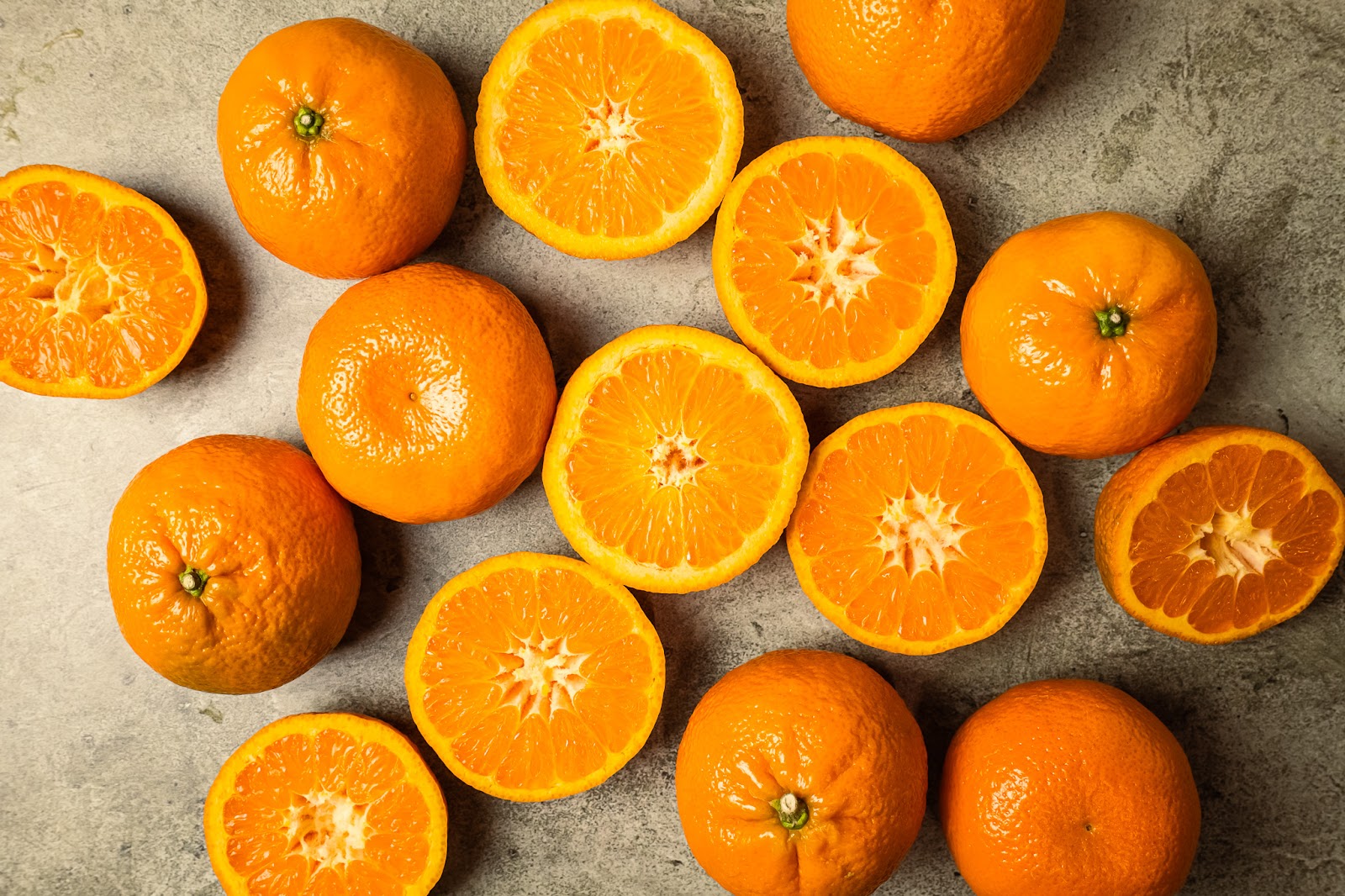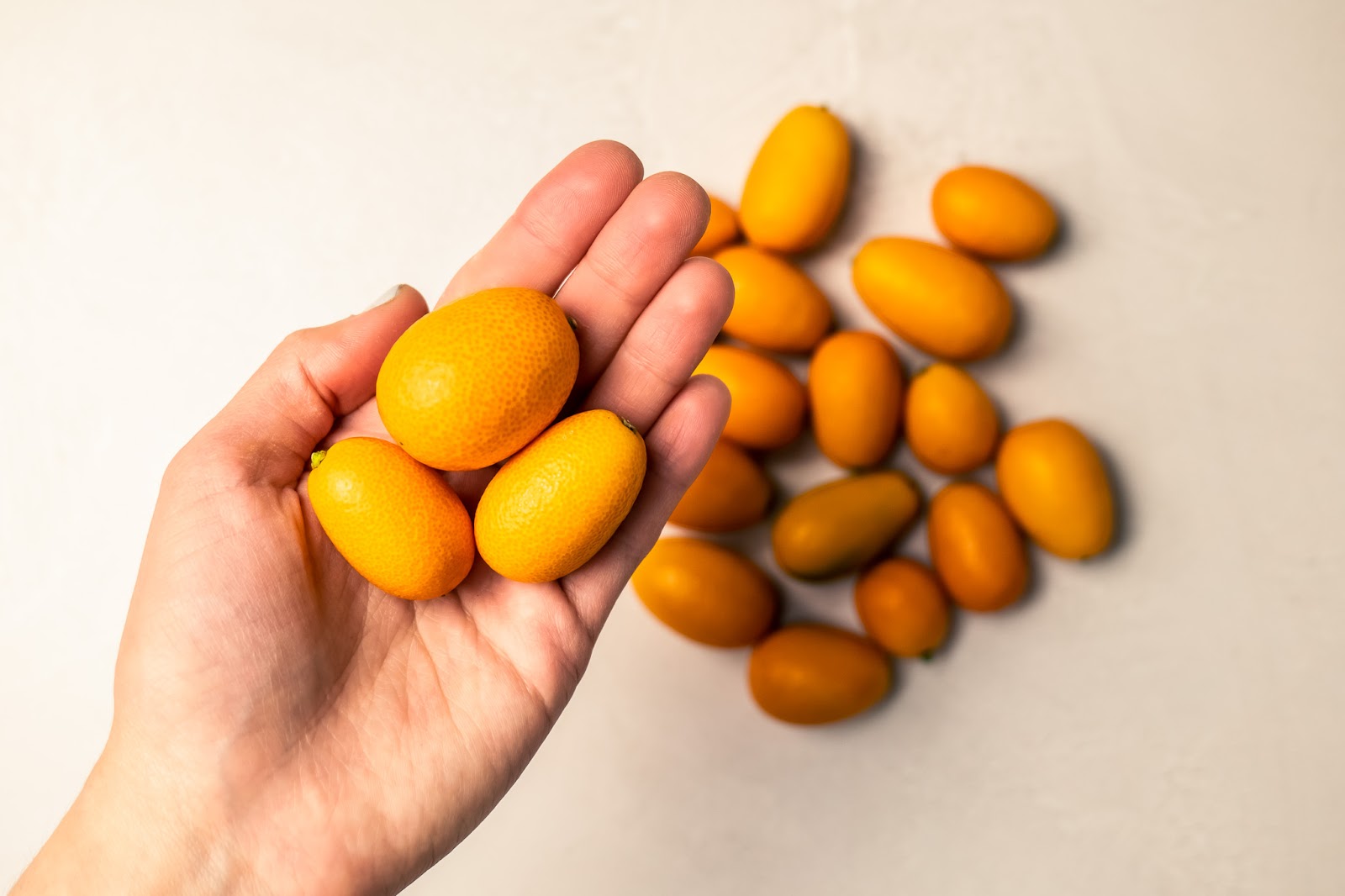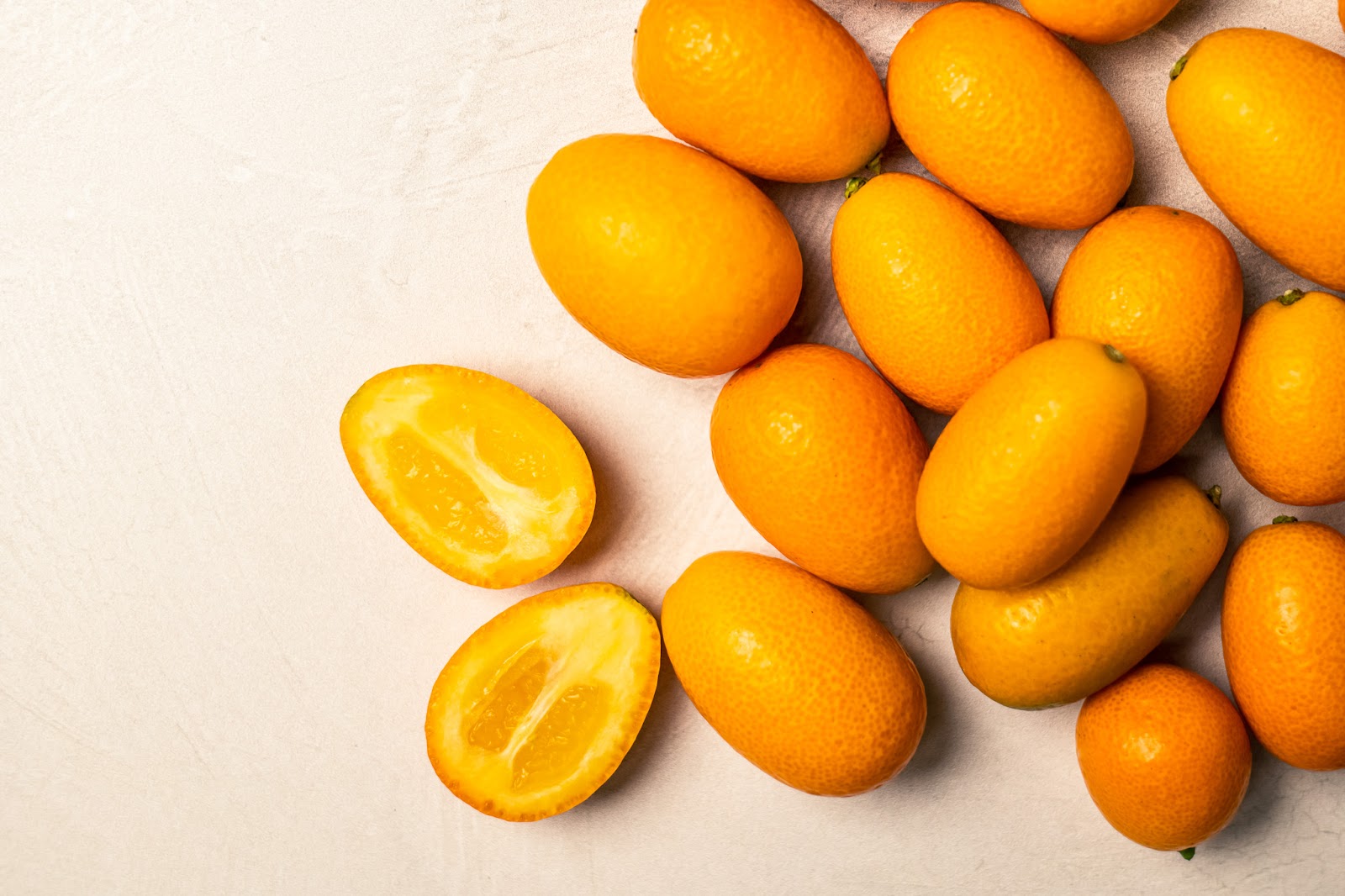Grocery Guide to Citrus: A Comprehensive Guide to Different Types, Uses, and Care
Citrus fruits are a staple in kitchens around the world, and for good reason. They are juicy, tart, and versatile ingredients that can be used in a variety of dishes, drinks, and snacks. From limes to lemons, oranges to grapefruits, there's a wide variety of citrus, each with its unique flavor, texture, and nutritional benefits.
In this grocery guide to citrus, we will analyze the different kinds of citrus, the contrasts between every type, and how to use them in your cooking, baking, and beverages – alcoholic or otherwise. We will also take a look at how to shop for the best citrus fruits at your grocery store and how to store and maintain them to keep them fresh and flavorful.
Types of Citrus Fruit and their Uses
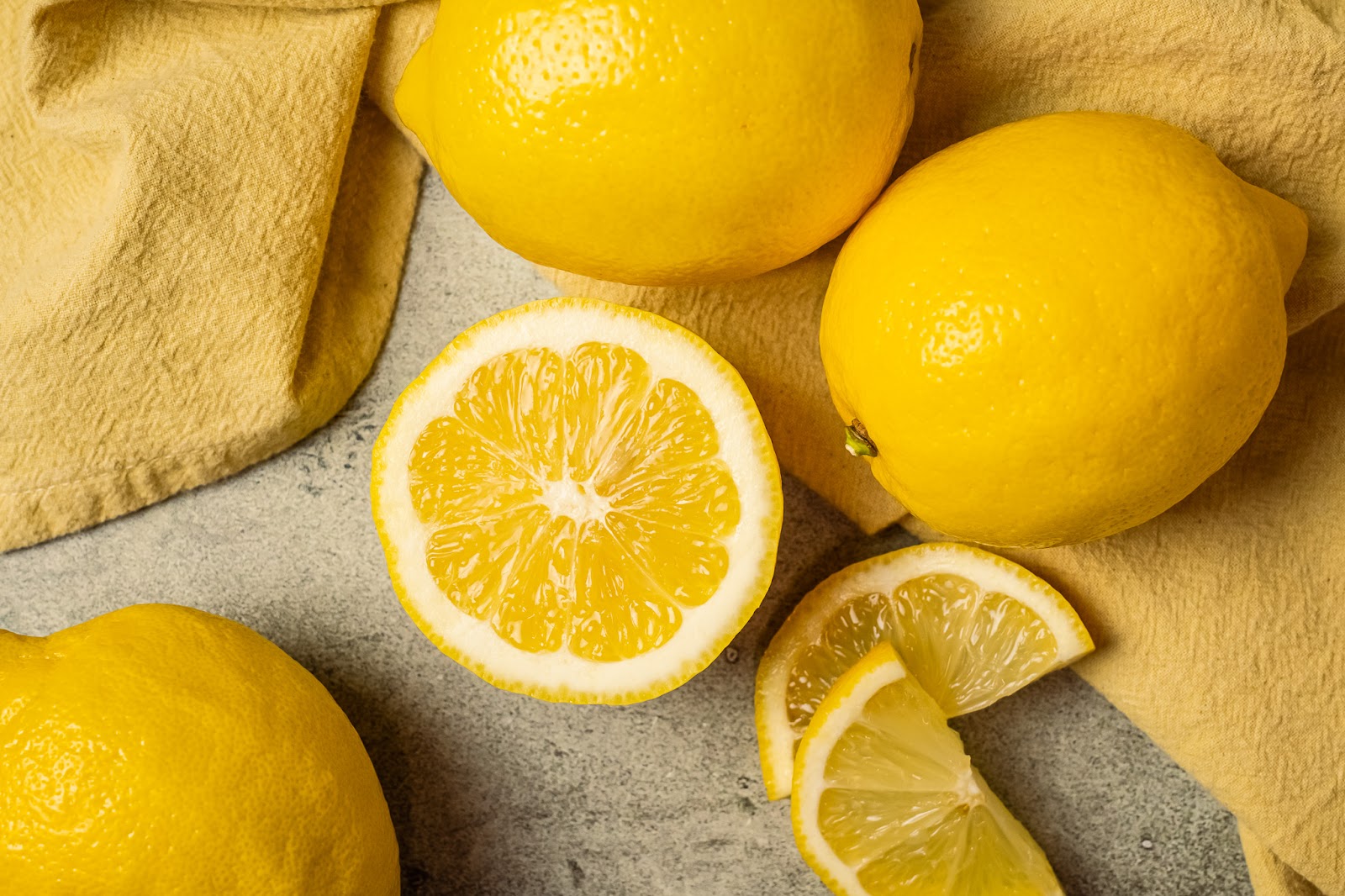
Lemons
With their bright yellow, textured skin, lemons are easily one of the most recognizable and widely used types of citrus. Known for their sour taste and acidic flavor, their juicy flesh is usually divided into 8-10 segments. Unless you’ve got a love for the sourest flavors on earth or have a bizarre party trick, you’re unlikely to bite into a lemon.
That being said, lemons have a ton of different uses in cooking and baking as they are really able to add a burst of flavor to dishes and desserts. They are also a popular ingredient in drinks like classic lemonades, which can be made with just a little bit of lemon juice, sugar or sugar syrup, and sparkling or soda water. They can also be found in cocktails, and are often used as a fresh condiment for savory dishes, such as grilled fish or roasted chicken.
The most common lemons you'll find at the grocery store are eureka, Lisbon, or Meyer lemons. Eureka and Lisbon lemons are familiar in taste but the Lisbon variety usually comes seedless. Meyer lemons tend to have a sweeter and less acidic profile than the other two varieties.
Lemons are stuffed with vitamin C and other nutrients. They also contain antioxidants and have anti-inflammatory effects. They are low in calories, with about 24 calories per fruit.
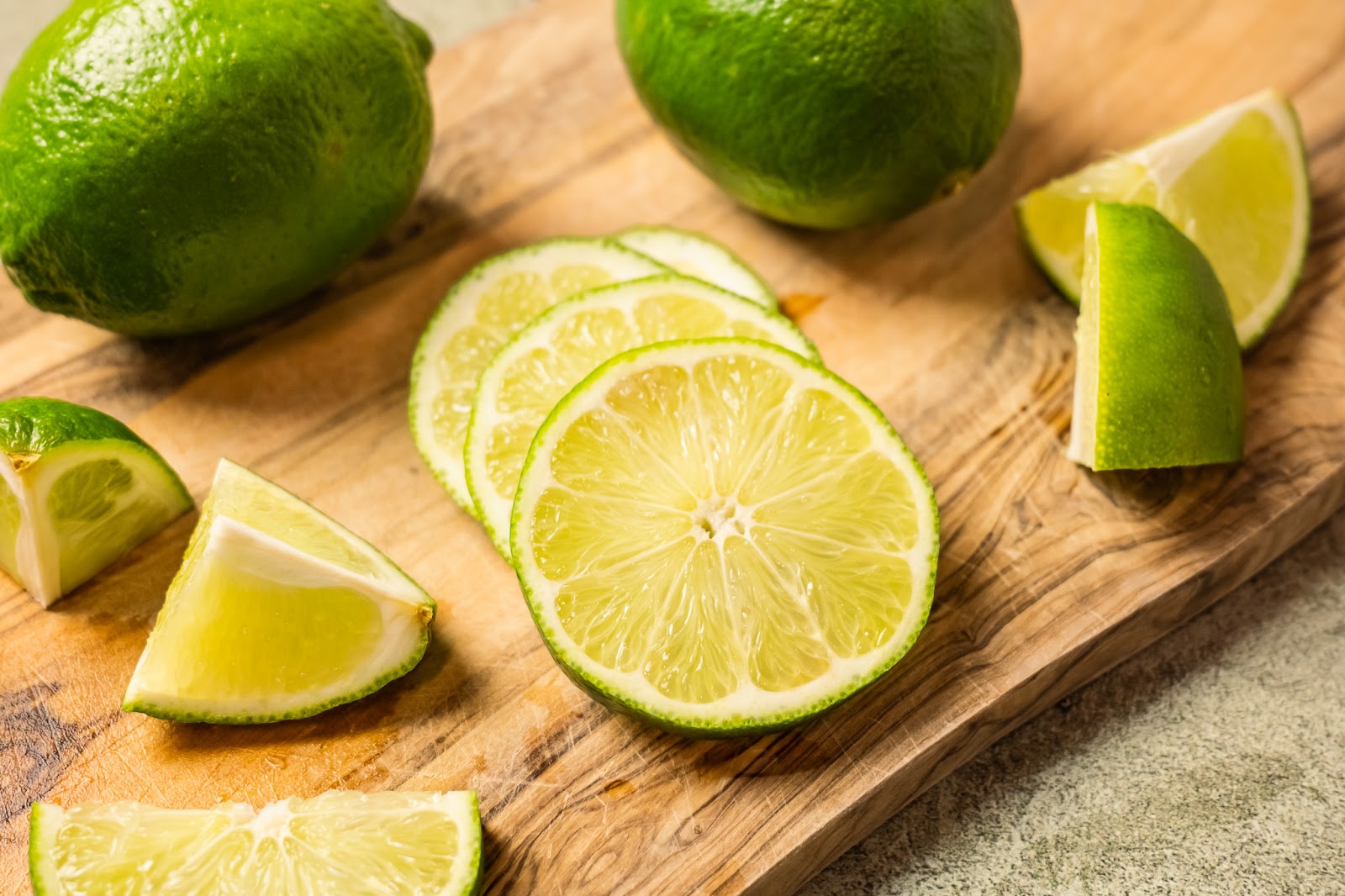
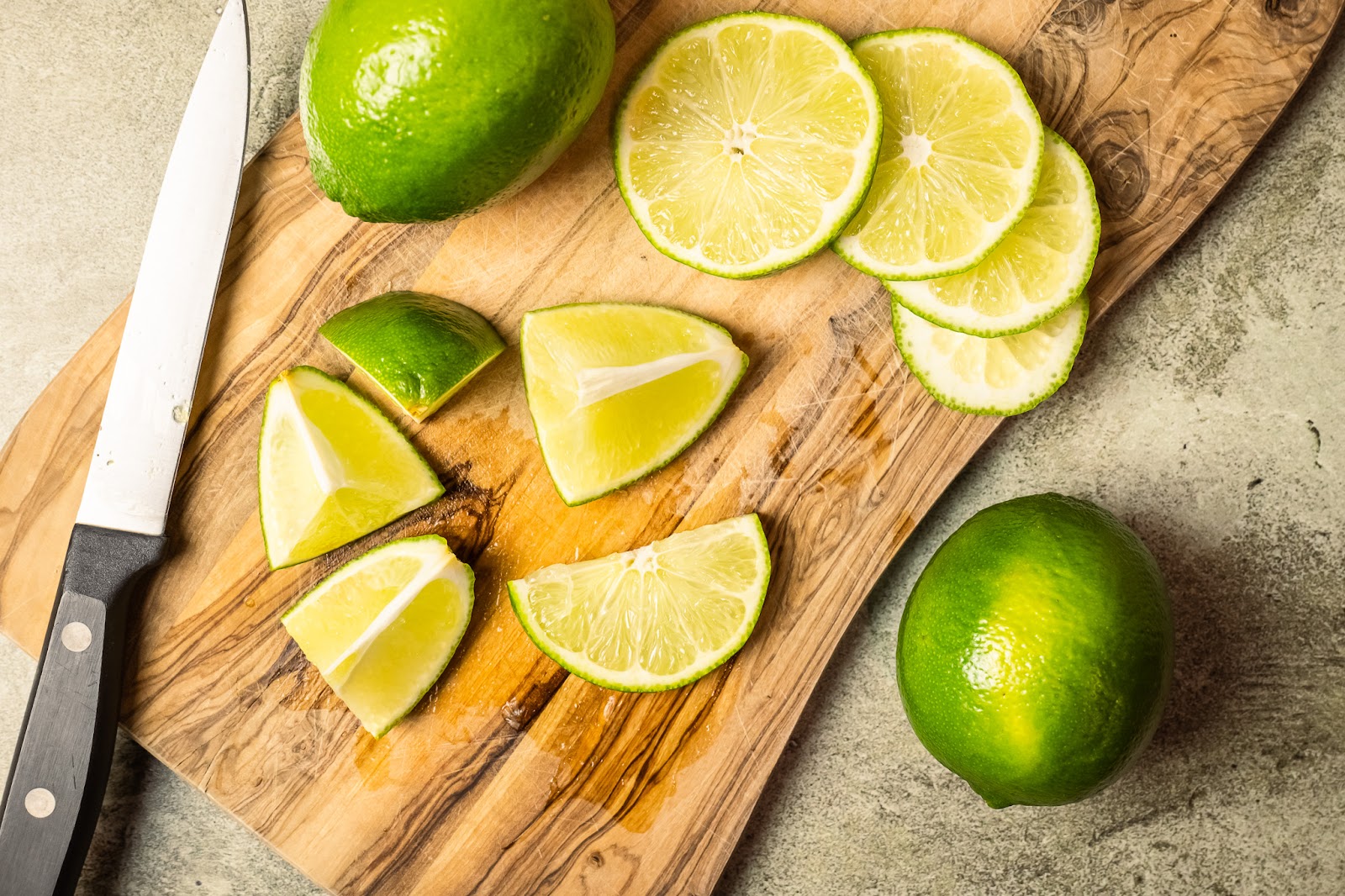
Limes
A fruit cherished by cocktail bartenders, these little green ovals are similar to their big lemony brothers, but have a much more intense and tart taste. Limes originated in Southeast Asia but are grown all over the world, including countries like Mexico and Brazil, lending their flavor to the region’s cuisines.
Much like lemons, limes are a good source of vitamin C, which helps the body absorb iron and has other benefits. They also contain small amounts of other nutrients like vitamin A, folate, and potassium. Limes have about 20 calories per fruit and contain antioxidants, which protect the body against free radicals. They too have anti-inflammatory and anti-cancer effects. They are a good option for adding flavor to dishes without adding refined sugars.
Just like lemons, those who will eat the flesh of a lime are a select few, but they can be juiced for mojitos, daiquiris, sauces, and cakes or provide a garnish to chicken or fish. Limes make great garnishes, particularly if you happen to have a way of dehydrating the slices. They're also used for the classic Key Lime Pie dessert.
Oranges
Although oranges come in various species and sizes, all of them can all trace their roots to the man-made hybrid variety which came from crossing pomelo with mandarin. With their sweet, juicy flesh and thin, orange rind, these globe-shaped fruits can be consumed fresh by peeling and eating them, or by juicing them. Desserts, pastries, marmalades, jams, and other sweet spreads can all be made from naranjas (the Spanish word for the fruit from where the English word is derived).
Rich in vitamin C, along with fiber, and antioxidants such as flavonoids, folate, thiamine, and carotenoids, oranges are packed with nutrients. These vitamins and minerals can help protect the body from free radical damage, support the immune system, encourage healthy skin, and assist in regulating blood pressure.
Oranges come in a whole range of different sizes and species, including navel oranges, blood oranges, and Valencia oranges. Navel oranges are identifiable due to their belly-button shape and easy-to-remove rind, whereas blood oranges possess a dark red flesh and a flavor that is slightly more complex. Blood oranges contain high amounts of anthocyanin, an antioxidant known for its anti-cancer properties. Valencia oranges are a sweet variety that is frequently employed for juicing given their high-juiciness and thin rind that can be peeled with ease.
Other types of oranges include seville (also known as bitter or sour orange) and cara cara oranges. Bitter oranges are popularly used to make marmalade due to their high pectic content. The cara cara variety is similar to blood oranges but has a sweeter, floral flavor profile.
Grapefruits
Larger than oranges, grapefruits have a thick, pale yellow rind and a pink, red or white flesh, depending on the variety. They are known for their tangy flavour and often a distinct bitterness which can be quite polarizing. Grapefruits have those that love them and those that can’t stand them.
Grapefruits are abundant in vitamins, minerals, and antioxidants. This includes vitamin C, potassium, flavonoids, and lycopene, all of which give the immune system some boost and help protect against free radicals. Furthermore, grapefruits are beneficial for digestion, cardiovascular well-being, and for a healthy skin and hair.
There are a few different varieties of grapefruits, including white, pink and red. There are also a number of different ways to use the fruit, ranging from supplementing a healthy breakfast, to a simple snack. Grapefruit and its juice can add a unique flavour to baked goods, including the glaze or icing of cakes. Its bitterness can balance the sweetness in some cocktails, such as the rum and maraschino-based Hemmingway Daiquiri and the tequila classic, Paloma.
If you are looking to add grapefruits to your diet, you should be aware that due to enzymes contained within the fruit can interact with several medications, leading to potential side effects. If you are taking medications such as statins, benzodiazepines, immunosuppressants, antiarrhythmics, or calcium channel blockers, it’s advised you speak with your healthcare provider before consuming grapefruit.
Mandarins
Also known as tangerines, mandarin oranges are small, seedless, sweet, and easy to peel. They have a juicy, sweet flesh making them a popular snack for children, who may find a larger orange more daunting.
Outside of a snack, mandarins can be used in salads, pairing well with greens, nuts and cheese, they can be dressed with a simple citrus vinaigrette. Mandarins add an extra dimension to baked goods too, with the zest enhancing the batter, whilst segments can be used as a topping or filling. Mandarin can provide sweetness and acidity to savory dishes and marinades.
Clementine is a variety of mandarin oranges commonly found in grocery stores. These sweet oranges are smaller in shape and have shinier skin compared to tangerine and are much easier to peel in comparison.
Mandarin juice is very tasty too and can be mixed with other juices such as orange or pineapple. For the booze enjoyers, this juice can be used to make a tangy screwdriver, or give a mandarin twist to a margarita.
Kumquat
This little grape-shaped citrus fruit is quite different from its citrus counterparts. For one, the entire fruit is completely edible, with most people around the world eating them like grapes or olives. The skin is sweet while the juice is tangy. Kumquats can be used like other citrus fruits, using their juice to add bright flavor to dishes, drinks, or desserts.
Citron
Citron is a type of citrus fruit that's made up of mostly rind. Its peel is incredibly fragrant but bitter in taste while the rind has a delicate sweetness. It contains little very little juice. Most citrons are used for candied garnishes for desserts.
Buddha's Hand (finger citron) is said to have originated from a citron. This exotic variety of citrus fruit earns its namesake from its bizarre, handlike shape. Unlike other citrus fruits, Buddha's hand must be grafted to be grown resulting in it's incredibly expensive price point.
Differences between Each Type
Citrus fruits have different textures and flavors, which affect their suitability for food or drinks. Some are better for savory dishes, while others are better for sweet dishes. Limes are popular in both.
When choosing a citrus for cooking, baking, or drinks, consider the flavor profile and texture of each type. For example, tart desserts might use lemons or limes, while sweet desserts might use oranges or grapefruits.
How to Shop for Citrus at Your Grocery Store
When shopping for citrus at your grocery store, there are a few things to keep in mind to ensure you are buying the best quality fruits.
First, look for fruits that are heavy for their size, as this is a sign that they are juicy and ripe. You should also look for fruits that are free from blemishes, bruises, and soft spots, as these can indicate that the fruit is not fresh.
Another factor to consider is the color of their rind. For instance, if you are shopping for oranges, look for fruits with a bright orange color, as this is a sign of freshness and ripeness. If you are hunting for grapefruits, look for fruits that have rinds with deep pinks or reds. This is usually a sign of the sweetest, most flavorful flesh.
The last thing to consider is the time of year when shopping for citrus. Many types of citrus are seasonal, so you may not be able to find certain types of fruit during certain times of the year. This can actually be to your advantage, as seasonal fruits tend to be fresher and more flavourful than fruits that are available year-round.
How to Store and Keep Citrus Fruits Fresh
Once you have bought your citrus fruits, it is important to store them properly to keep them fresh and flavourful. Here are a few tips to help you keep your citrus fruits fresh:
- Store the fruits in a cool, dry place, away from direct sunlight and heat. A pantry or fruit bowl on the counter is usually a good place to store your fruit.
- It’s not a bad idea to keep citrus fruits away from other fruits, as the ethylene gas they can release can cause other fruits to ripen and spoil prematurely.
- If you have a lot of citrus fruits, you can store them in the fridge to help them last longer. , Keep in mind though that the colder temperature may affect the flavor and texture of the fruit.
- If you have cut a citrus fruit, wrap the unused portion in plastic wrap or store it in a food-safe container before you store it in the refrigerator. This should keep the fruit fresh and prevent it from drying out.
Citrus fruits can be a delicious and nutritious addition to your diet. With varieties of citrus fruits offering different flavor profiles, it can be helpful to know which ones to choose. When buying citrus fruits, look for those that are ripe and in season. Avoid fruits that are too hard or too soft as they may lack full flavor or have a mushy texture. Citrus fruits can be enjoyed fresh or used as an ingredient in various recipes.
Trying out different ways to use citrus fruits can help you discover how to incorporate their unique flavors and nutritional benefits into your meals. Check out our recipe for Pink Lemonade Crumble Bars for a sweet and fruity treat, perfect and refreshing for this spring season!



